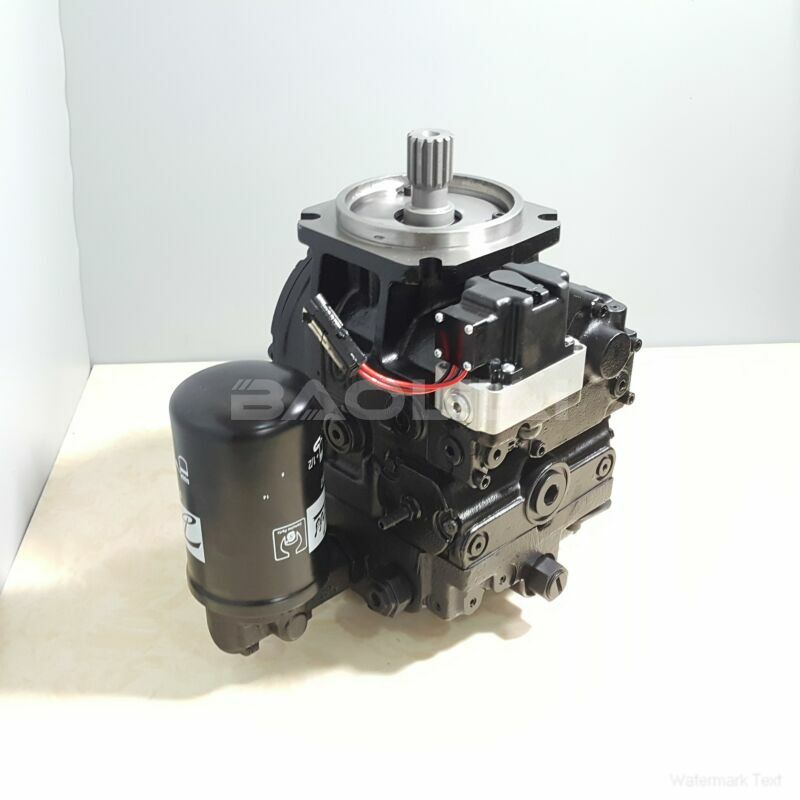90L100KP1BC60P3F1F03GBA383824 sauer danfoss pump
90L100KP1BC60P3F1F03GBA383824 sauer danfoss pump

- Product Details
- Applicable Scene
In today’s rapidly evolving military landscape, training effectiveness is paramount. Military training simulators play a crucial role in preparing personnel for real-world operations, and the technology behind these simulators is constantly advancing. One such technology that has gained attention is the use of plunger pumps, which significantly enhance the efficiency and realism of military training simulators. This article explores how plunger pumps contribute to the effectiveness of these advanced training systems.
90-L-100-KP-1-BC-60-P-3-F1-F-03-GBA-38-38-24
90L100KP1BC60P3F1F03GBA383824
Plunger pumps operate by converting mechanical energy into hydraulic energy, allowing for the controlled movement of fluids. In the context of military training simulators, this capability is essential for simulating various environments and scenarios. For instance, plunger pumps can create realistic terrain changes, simulate the recoil of weapons, and even replicate different weather conditions. This level of realism is vital for trainees as it helps them acclimate to the unpredictability they may face in the field.

9622392
One of the key benefits of using plunger pumps in simulators is their ability to deliver consistent performance under pressure. Military training often involves rigorous scenarios that can be physically demanding on both the equipment and the trainees. Plunger pumps can sustain high levels of pressure and flow, ensuring that the simulation remains seamless and uninterrupted. This reliability is critical, as any disruption could lead to gaps in training or hinder the learning process.
Moreover, plunger pumps are versatile and can be integrated into a variety of simulator systems. Whether in flight simulators, vehicle simulations, or combat training environments, these pumps allow for the easy manipulation of hydraulic systems. Trainers can adjust parameters in real-time, adapting the simulation based on the trainee’s performance. This adaptability ensures that soldiers receive personalized training that meets their specific needs, ultimately leading to more effective skill development.





